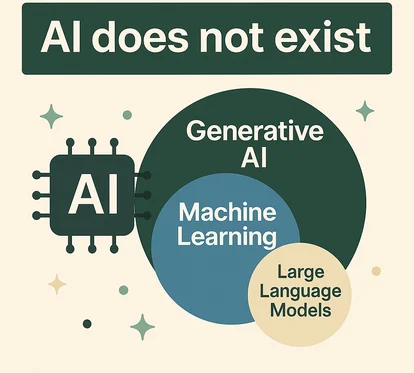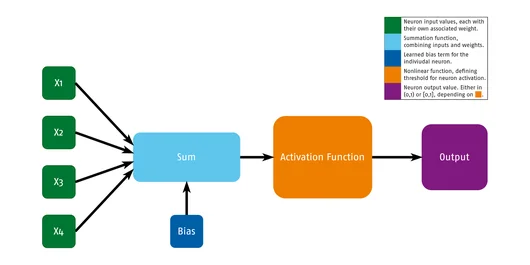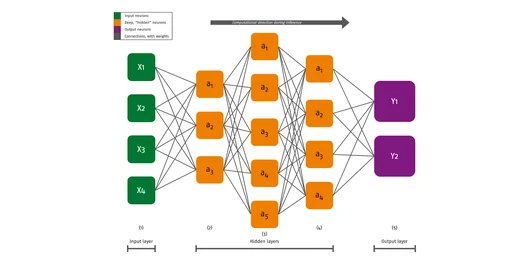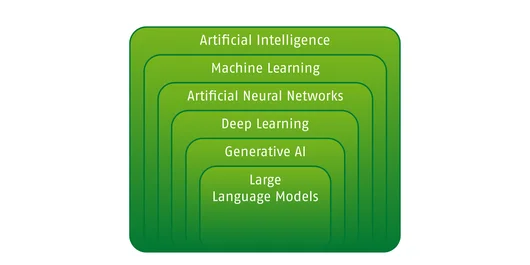AI doesn't actually exist. At least, not as a single “something.” AI is not just Siri or Alexa, not just a way to predict the weather, and certainly not just a Large Language Model (LLM). AI is an umbrella term for research within computer science. All kinds of processes, techniques and also goals fall within this research. According to Wikipedia, traditional goals of AI are learning, reasoning, knowledge representation, planning, language processing, perception, and also robotics support. And all with a computer. But that's not all.
Shifting definition
Funnily enough, the definition of the term AI is constantly shifting. Things that we are not at all surprised by today were first included in the field of AI. Consider, for example, computers that can play chess better than humans: groundbreaking in the nineties, but now dead normal. Another example. Your personal feed on social media like Instagram or X. These are created with so-called recommendation systems. Before this was AI, now this is standard Data Science and no one thinks of the word AI at all when they scroll on Instagram. This is also known in the field as the AI Effect or, sloppily translated, the Strange Paradox. Therefore, when an AI trick becomes widely used - and thus normal - it is no longer seen as AI. As such, Tesler's thesis states, “AI is whatever hasn't been done yet.”.
The AI hierarchy
AI is a very broad, mostly goal-oriented definition, constantly shifting. Check. Yet you constantly hear terms like Machine Learning and LLMs flying by. What about that?
AI encompasses all sorts of techniques that we describe here. Like AI, Machine Learning (ML) is also a generic term. There are all kinds of ML techniques, such as for classifiers and regressions. These are mostly still statistical models, which people are already finding increasingly normal. ML also includes artificial neural networks (ANNs), which are the basis for deep learning (DL). ANNs are, as the name implies, networks of artificial neurons. Yes, copied from how it works in humans! (See figure 1).




